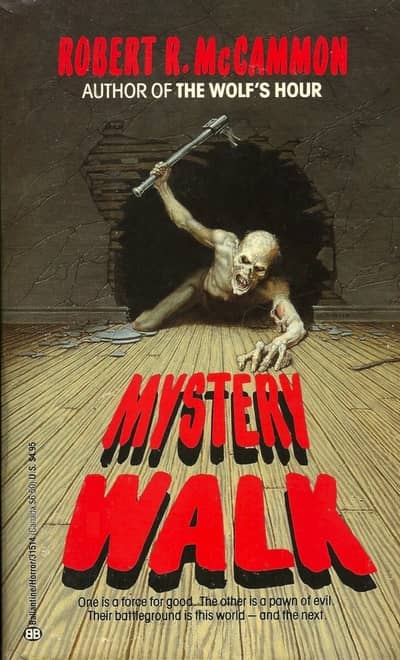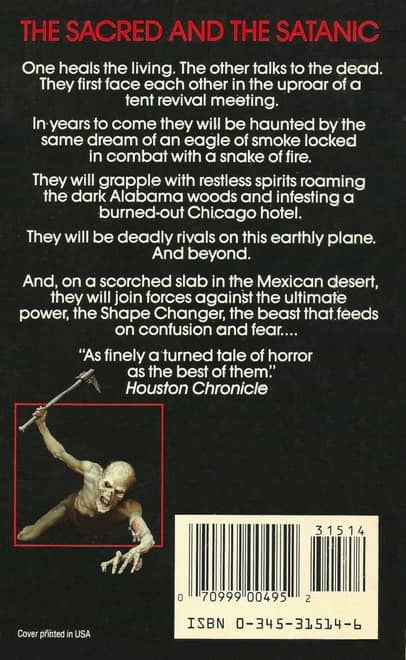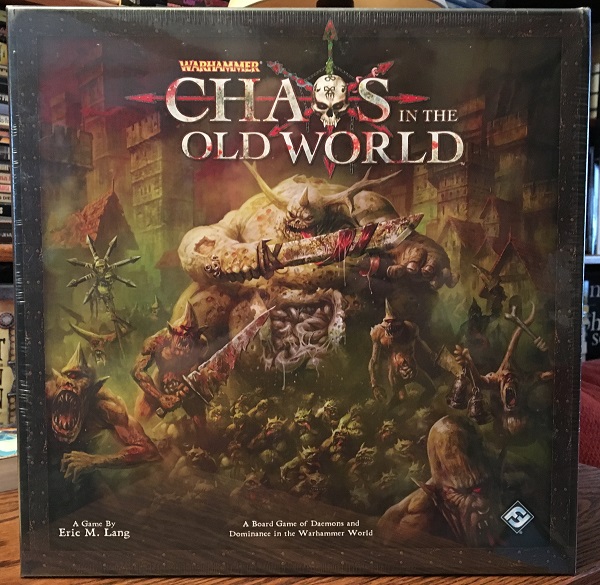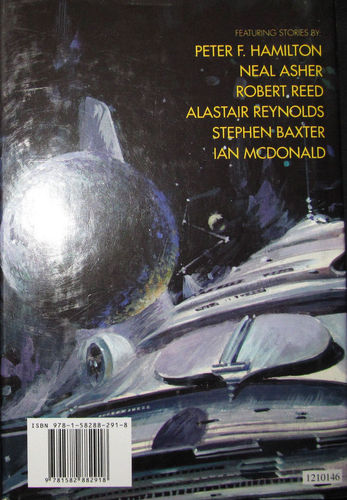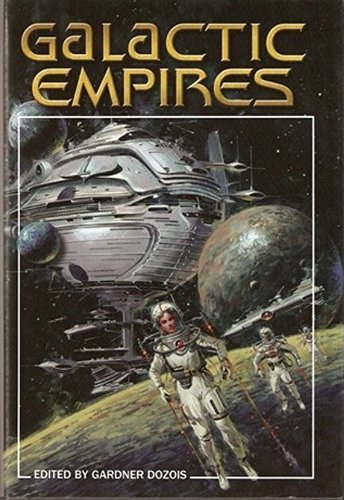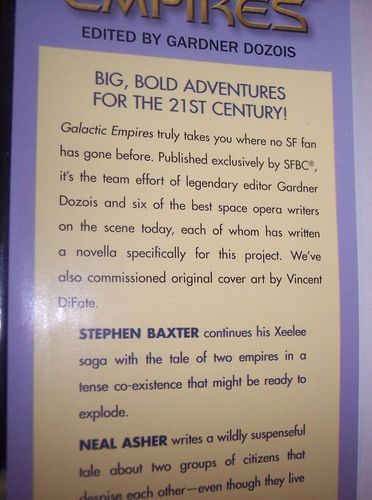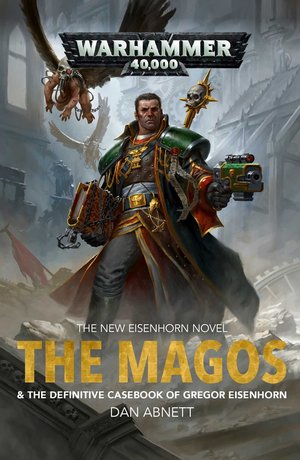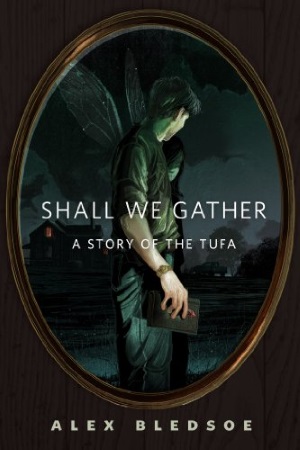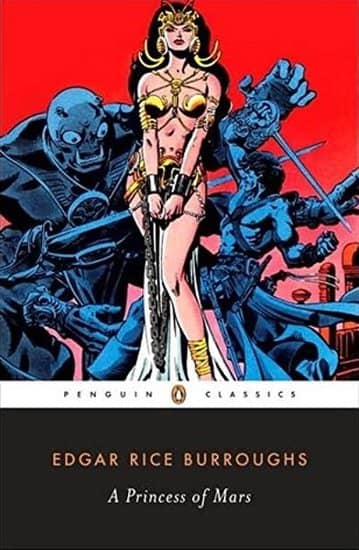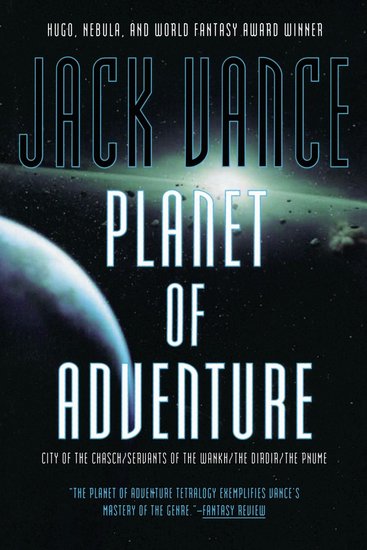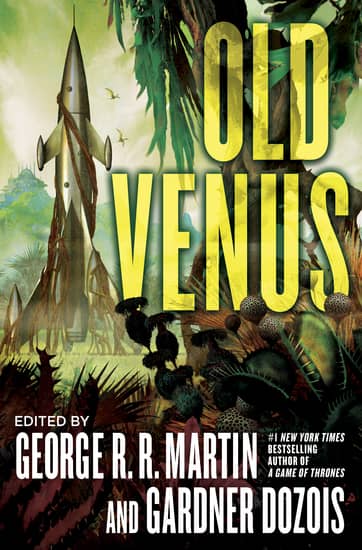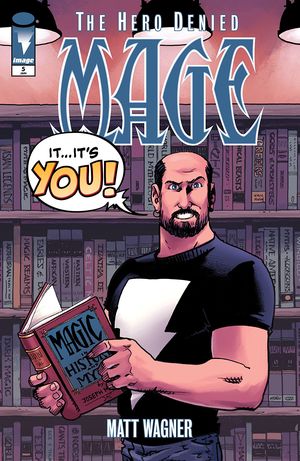Birthday Reviews: Joseph H. Delaney’s “Survival Course”

Joseph H. Delaney was born on February 5, 1932 and died on December 21, 1999. He worked as an attorney before he began publishing in 1982 with the story “Brainchild.” Delaney was a nominee for the John W. Campbell Award for Best New Writer in 1983 and 1984.
He was nominated for the Hugo Award for Best Novella three years in a row, beginning in 1983 for “Brainchild,” “In the Face of My Enemy” the following year, and finally for “Valentina,” written with Marc Stiegler, in 1985.
“Survival Course” was purchased for Analog by Stanley Schmidt and appeared in the June 1989 issue. It has not been republished.
“Survival Course” is a pretty typical time safari story, reminiscent of L. Sprague de Camp’s A Gun for Dinosaur and subsequent stories. What sets Delaney’s version apart is that his characters, Clint Mineau and Cletus Running Wolf, have been sent back to the Tertiary period to confirm the cause of the destruction of dinosaurs. Their mission was spurred on by a glancing blow by an asteroid which wiped out millions of people.
Delaney spends quite a bit of the story providing a travelogue of the period, allowing Clint and Cletus to see the local megafauna while they worry that their timing is off. There aren’t as many dinosaurs then they would have expected to find.
Unfortunately, this section runs a little long. Although it sets the scene, it also has a feel of Delaney wanting to share his homework with the reader, catching them up on the most recent (and now thirty years out of date) understanding of dinosaurs. When he finally gets around to the cause of saurian extinction, it almost feels like an afterthought, coming a little too late and a little too slight, and it feels like it lacks originality.
